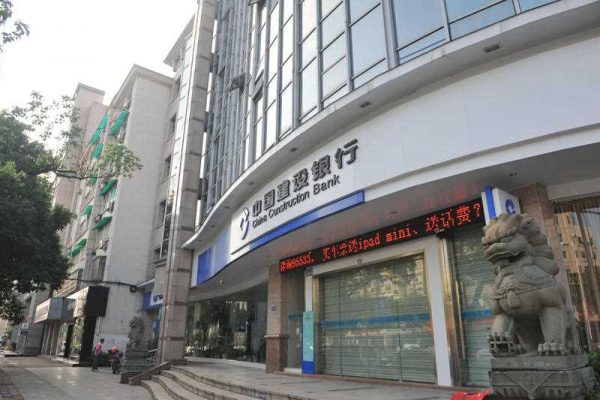It is also the world’s largest exporter and second largest importer, accounting for about 12 per cent of world trade in 2013. Attracting more than US$110 billion in FDI in 2013, the PRC is the world’s largest developing-country recipient of FDI inflows. It is also the world’s largest holder of foreign exchange reserves, with a total of US$3.8 trillion in reserves at the end of 2013.
The PRC may be a globally significant economic and trading power, but the market share of its currency, the renminbi (RMB), lags well behind the US dollar and the euro.
To align the RMB with its growing global stature, the PRC has embarked on a strategy to internationalise the RMB. Typically, it is taking a gradual approach. In this, it has embarked on a number of initiatives designed to encourage the wider use of the RMB and raise its status in the international monetary system.
These measures include allowing foreign investors access to domestic capital markets, through programs like the Qualified Foreign Institutional Investor and the RMB Qualified Foreign Institutional Investor. It has also increased flexibility of the exchange rate — the RMB trading band has been widened to plus or minus 2 per cent. Also, through the use of RMB as a settlement currency for cross-border trades, the PRC has been gradually expanding the use of RMB in bilateral trade settlement agreements.
There are other steps being taken, such as the development of RMB deposit accounts and the opening of the offshore RMB market. The PRC has also opened offshore RMB centres, such as in Hong Kong, Singapore and London.
The result has been the emergence of the RMB in the international monetary system. For example, the RMB is beginning to play a role in international trade transactions. In December 2013, the RMB overtook the euro to become the second most used currency in global trade finance after the US dollar. China’s international trade has also grown at a compound annual growth rate of 19.1 per cent between 2001 and 2013.
The rapid expansion of RMB trade settlement together with other policy and regulatory steps have bolstered the growth of the RMB bond market in Hong Kong (also known as the dim sum bond market). From only 10 billion yuan (US$1.6 billion) in 2007 — the year when the first dim sum bond was issued — RMB-denominated bond issuance in Hong Kong significantly increased, to 372.1 billion yuan ($60.7 billion) in 2013. In the first three months of 2014, bond issuance reached 338.8 billion yuan ($55.2 billion).
The number of bond issuances has likewise climbed steeply from just 5 in 2007 to 891 in 2012 and 1,160 in 2013, while the number of bond issuers increased from just 3 in 2007 to 132 in 2013. From January through May 2014, 890 bonds were issued by 107 issuers.
While the bulk of RMB bond issuances still originate from companies based in the PRC and Hong Kong, issuances from other economies have also grown through the years. In 2010, issuances by firms outside PRC and Hong Kong accounted for only 5.4 billion yuan ($880 million). By 2013, their RMB bond issuances amounted to 76.1 billion yuan ($12.4 billion). As a share of total RMB bond issuance, their share has varied from about 13–35 per cent.
Trade settlements have contributed to the rise of the RMB as a global currency. According to the Society for Worldwide Interbank Financial Telecommunications (SWIFT), the RMB only had a 0.31 per cent share in world currency payments in 2011. In March 2014, however, its share had increased to 1.62 per cent. The RMB’s ranking in world currency payments has also increased. In October 2011, it was ranked 17th in terms of usage but by March 2014, its ranking had shifted to 7th position. Indeed, the RMB is gaining on the Canadian dollar (which held a share of 1.83 per cent, ranking 6th) and the Australian dollar (with a share of 1.84 per cent and 5th in rank).
So while good progress has been made, there is plenty of work still to be done. Trade settlements and bond issuance have increased, but from a low base. There have been some relaxation in restrictions on capital flows, but the capital account is still largely controlled. The exchange rate is still controlled.
There is a positive trend in RMB as a reserve holding, but it is still small compared to other global currencies. Financial markets are still not as deep and liquid as those in developed countries, and are much less than those with global currencies. While the accomplishment is impressive, the RMB is still far from being a full-fledged international currency.
The PRC is moving in the right direction with these measures and producing positive results. But these developments with the RMB are more a result of the PRC opening up its capital account and deepening its financial markets rather than the pursuit of specific policy goals. All these trends will develop a critical mass over time and have the potential to start transforming the global monetary system.
Thierry de Longuemar is the Vice President (Finance and Risk Management) of the Asian Development Bank.
This article was originally published here at the Asian Development Blog, the blog of the Asian Development Bank, on 15 September.

